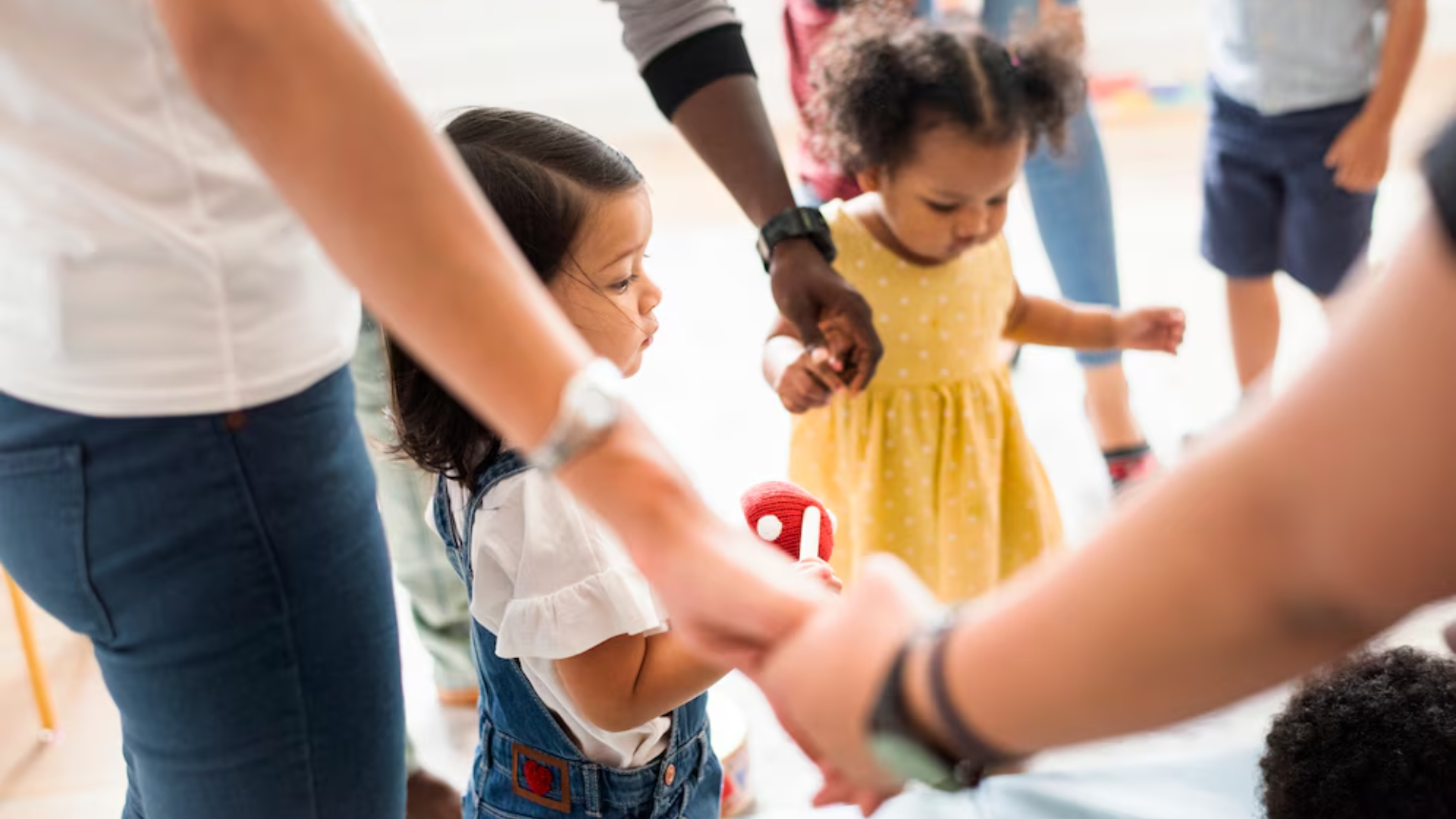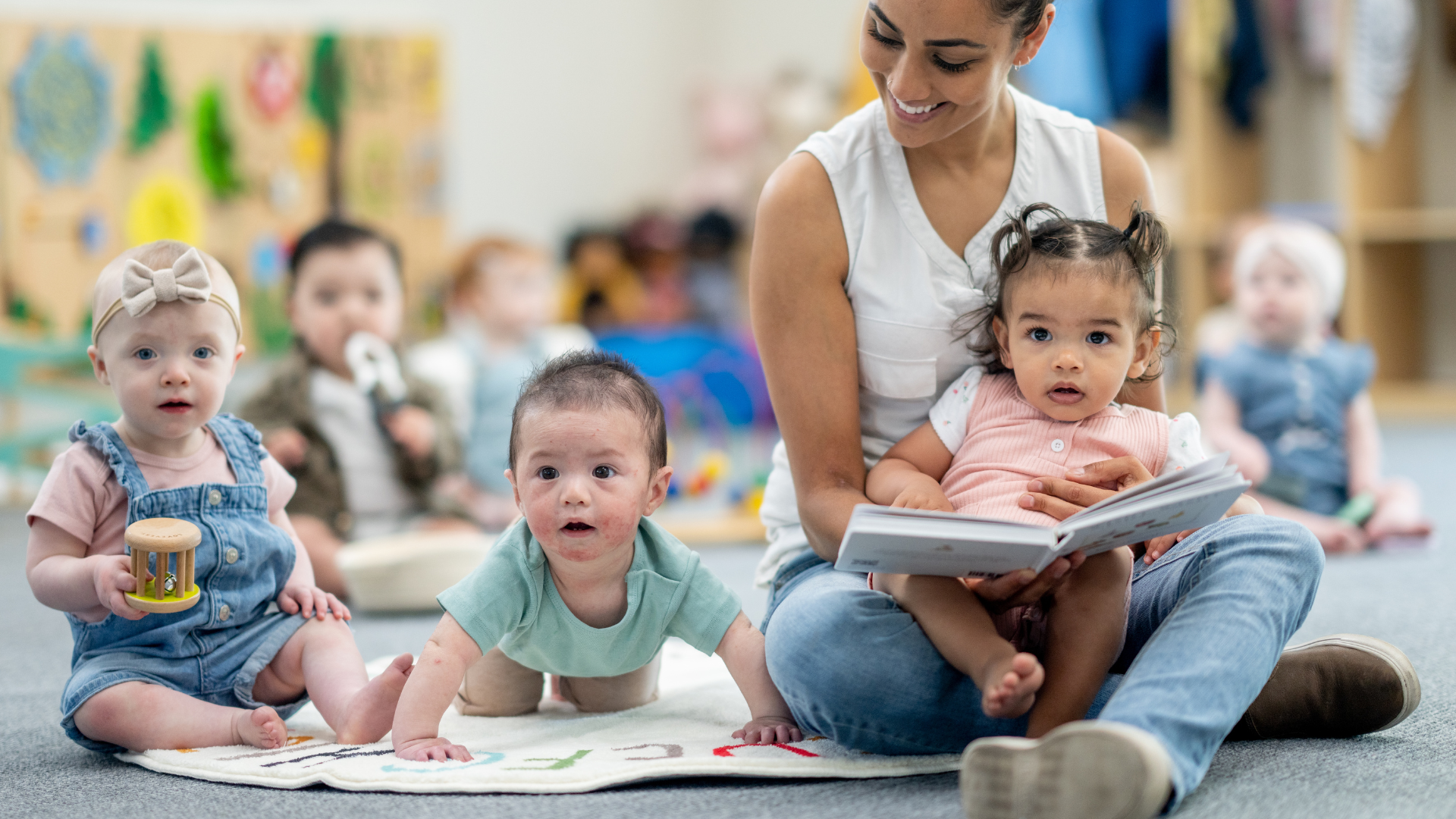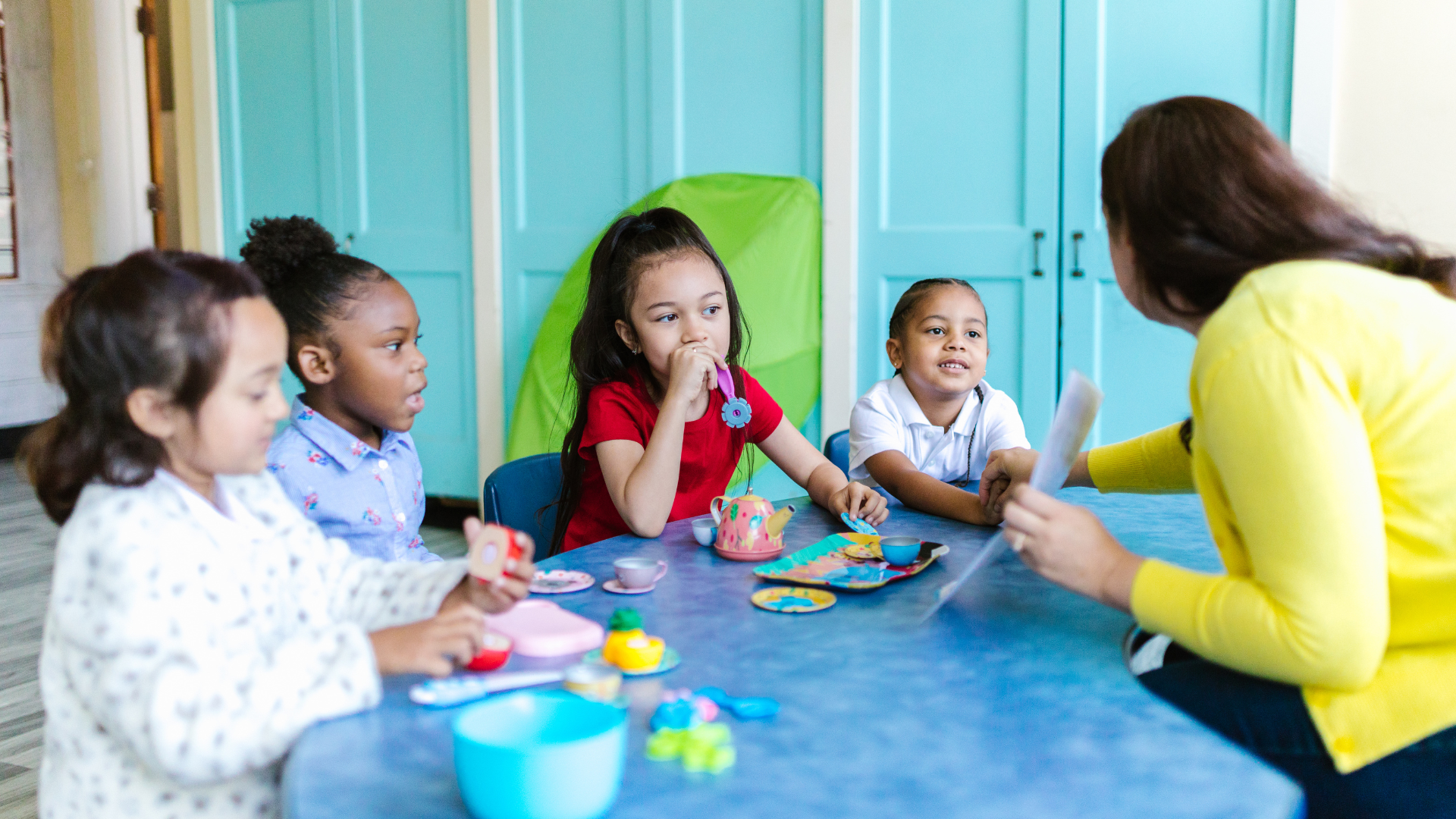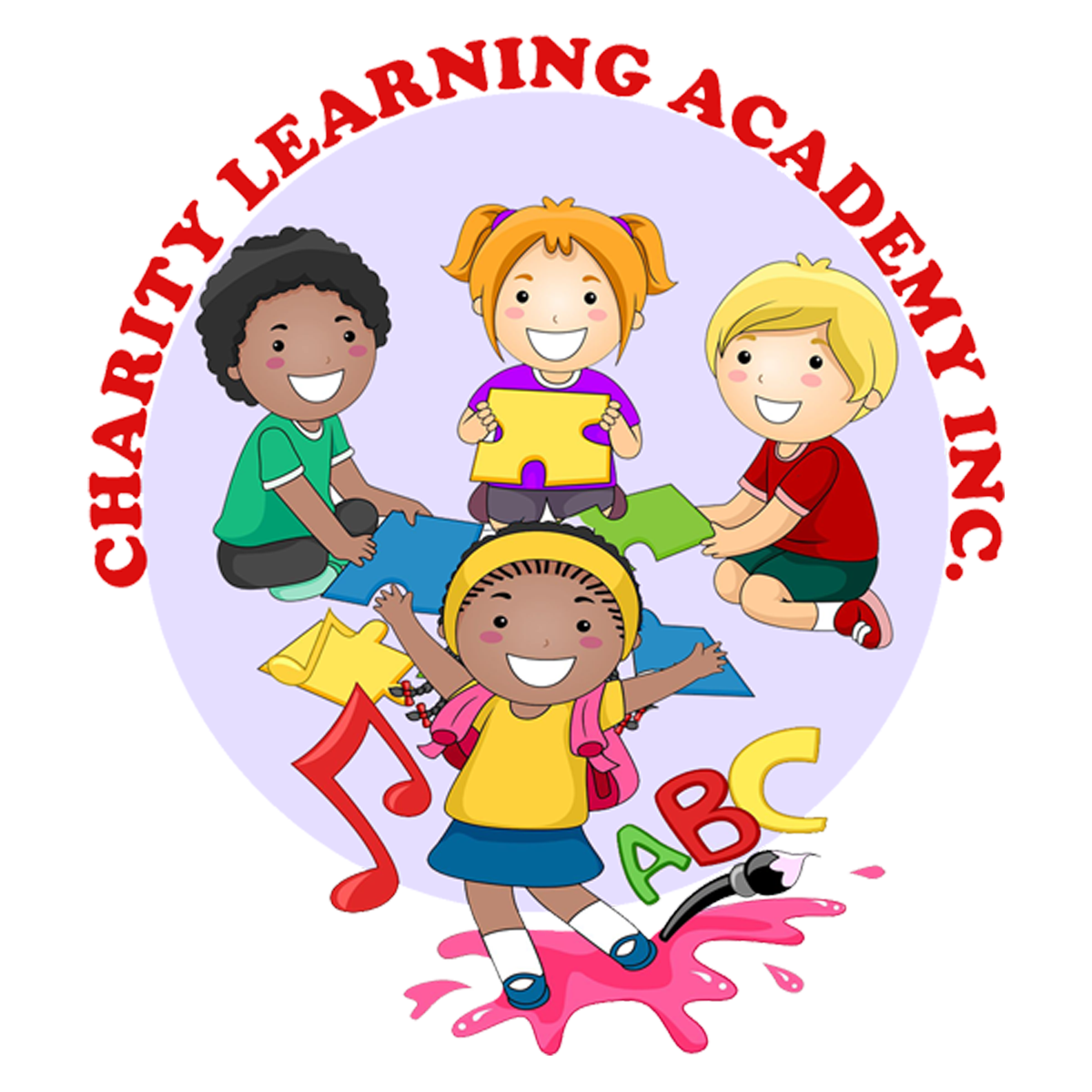The Role of Play in Child Development: Insights for Parents

As parents, we often think of play as a way for children to burn energy or entertain themselves. But play is so much more than just fun and games. In fact, play is one of the most important ways young children learn, grow, and make sense of the world. It is the foundation for emotional health, social understanding, physical coordination, and intellectual development. For children, play is serious work.
During the early years, especially from birth to age five, a child’s brain develops at a remarkable pace. Neural connections are formed through experiences, and the quality of those experiences can shape lifelong learning and behavior. Play is one of the richest types of experience a child can have. It is how they build skills, test ideas, express feelings, solve problems, and connect with others.
In this post, we explore the many ways that play supports child development, what different types of play look like, and how parents can encourage meaningful play at home and beyond.
Why Play Is Essential to Development
Play is not a luxury or a break from learning. It is learning. Through play, children naturally explore the world around them, engage with their environment, and process new information. They learn cause and effect by stacking blocks and knocking them down. They build fine motor skills by molding clay or drawing with crayons. They practice social interaction while taking turns in a game or pretending to be a doctor caring for a patient.
When children play, they are developing in every domain:
- Cognitive development: Problem-solving, memory, attention span, and decision-making all take shape as children play and explore.
- Social and emotional development: Play helps children learn how to share, cooperate, resolve conflict, and express emotions.
- Physical development: Running, climbing, dancing, and using hands for crafts all build strength, coordination, and motor skills.
- Language development: Conversations during play help children expand vocabulary, understand new words, and communicate their thoughts clearly.
- Creativity and imagination: Pretend play allows children to invent stories, characters, and scenarios that nurture innovative thinking and self-expression.
By offering time and space to play, adults give children the opportunity to build the skills they need to succeed in school and life.
Types of Play and What They Teach
Not all play looks the same. In fact, there are several different types of play, and each one contributes uniquely to a child’s development.
1. Solitary Play
This is when a child plays alone, exploring toys or materials independently. It is especially common in toddlers, who are just beginning to understand their environment. Solitary play helps children develop focus, self-reliance, and creativity.
2. Parallel Play
In parallel play, children play side by side without directly interacting. This stage often occurs in toddlers and younger preschoolers. While they may not appear to be engaging with one another, they are still learning from observation, imitation, and shared space.
3. Associative Play
At this stage, children start to interact more actively with peers, sharing materials or chatting as they play. It supports the development of social interaction, language skills, and cooperative behavior.
4. Cooperative Play
This is the most interactive form of play and involves working toward a common goal, like building a tower together or creating a pretend restaurant. Cooperative play fosters teamwork, communication, empathy, and leadership.
5. Pretend or Dramatic Play
Pretend play, or role-playing, is especially rich in learning potential. Children use their imagination to act out scenarios from real life or fantasy. This type of play helps them process experiences, understand other perspectives, and develop critical thinking skills.
6. Physical or Active Play
Running, jumping, dancing, and climbing are all examples of active play. These activities support gross motor development, cardiovascular health, and help children learn about boundaries, safety, and spatial awareness.
7. Constructive Play
This involves building, creating, or assembling something, such as using blocks, puzzles, or art materials. Constructive play enhances problem-solving skills, hand-eye coordination, and perseverance.
8. Sensory Play
Sensory play includes activities that stimulate the senses, such as playing with sand, water, dough, or textured objects. This kind of play is especially beneficial for brain development and emotional regulation.
The Emotional Benefits of Play
Beyond cognitive and physical development, play also supports a child’s emotional well-being. During play, children have the freedom to express their emotions in a safe space. They might act out a recent trip to the doctor or a family gathering they found overwhelming. This kind of symbolic play allows them to process experiences and gain a sense of control.
Play also teaches resilience. When a tower falls, a game is lost, or a plan goes awry, children learn how to cope with disappointment, try again, and adjust their approach. These are essential life skills that build confidence and emotional strength.
In addition, when adults engage in play with children in a responsive and supportive way, it strengthens the parent-child bond and creates positive, secure attachments. These connections lay the foundation for healthy emotional development and future relationships.
Encouraging Play at Home
As a parent, you do not need fancy toys or elaborate activities to support your child’s development through play. Often, the best play comes from everyday materials and shared time together. Here are a few tips to encourage meaningful play at home:
- Create a safe, inviting play space: Set up an area where your child can explore freely and safely with open-ended toys or materials.
- Offer a variety of materials: Items like blocks, crayons, dress-up clothes, kitchen utensils, books, and natural objects offer many opportunities for different types of play.
- Allow unstructured time: Resist the urge to overschedule. Children need free time to follow their own interests and rhythms.
- Follow their lead: Join in your child’s play by observing first, then participating in a way that supports their ideas rather than directing them.
- Ask open-ended questions: Encourage thinking and language development with questions like “What are you building?” or “What happens next in your story?”
- Limit screen time: Make sure screens do not replace active, creative play. Interactive, physical, and imaginative experiences are far more valuable at this age.
- Celebrate the process: Focus on your child’s effort, creativity, and joy in the activity rather than the final result.
Play in Early Education
High-quality early childhood education programs recognize the value of play as a powerful learning tool. In these environments, play is often child-directed but teacher supported, meaning educators observe and guide play to enhance learning without taking control.
Play-based classrooms include a balance of structured activities and free exploration. Teachers design spaces that encourage creativity, curiosity, and collaboration. Activities are aligned with developmental goals, but presented in a way that feels joyful and engaging for young children.
When choosing a preschool or early learning program, it is important to find one that values and incorporates play into the daily routine. A strong play-based approach supports both academic readiness and whole-child development.
Engaging your child in enriching activities not only supports their growth beyond the classroom as highlighted in how enriching activities benefit preschoolers beyond the classroom but also helps fulfill what your toddler needs for a successful start in preschool, fostering confidence, curiosity, and early social skills.
Conclusion
Play is not a break from learning, it is the heart of learning in early childhood. Through play, children discover who they are, what they can do, and how to relate to others. They build the skills and confidence they need to navigate the world, solve problems, and express themselves.
As parents and caregivers, we play an essential role in supporting our children’s play. By providing time, space, materials, and encouragement, we help them grow into creative, resilient, and capable individuals.
Let us embrace the power of play and remember that when we allow children the freedom to play, we are giving them the very best start in life.










